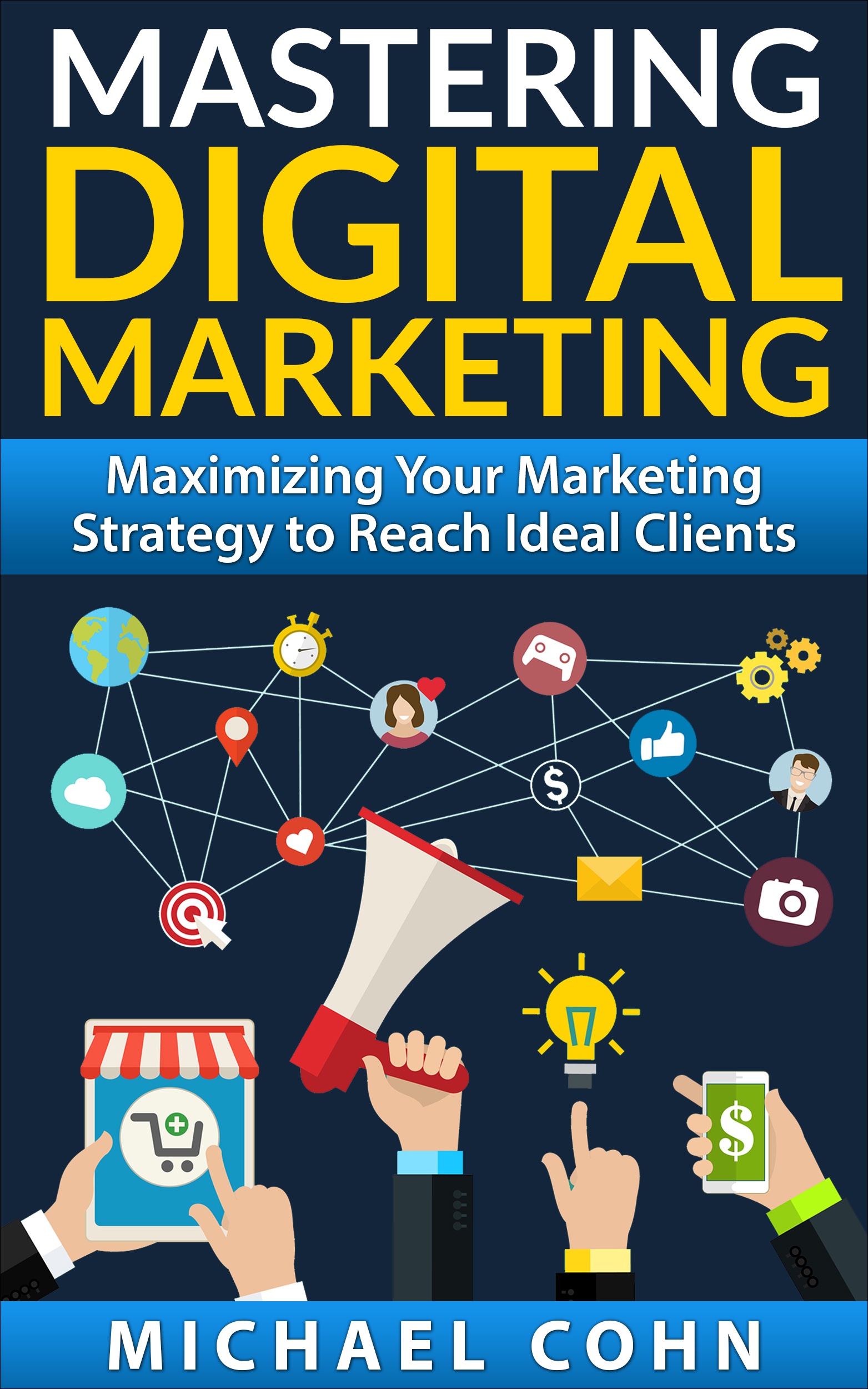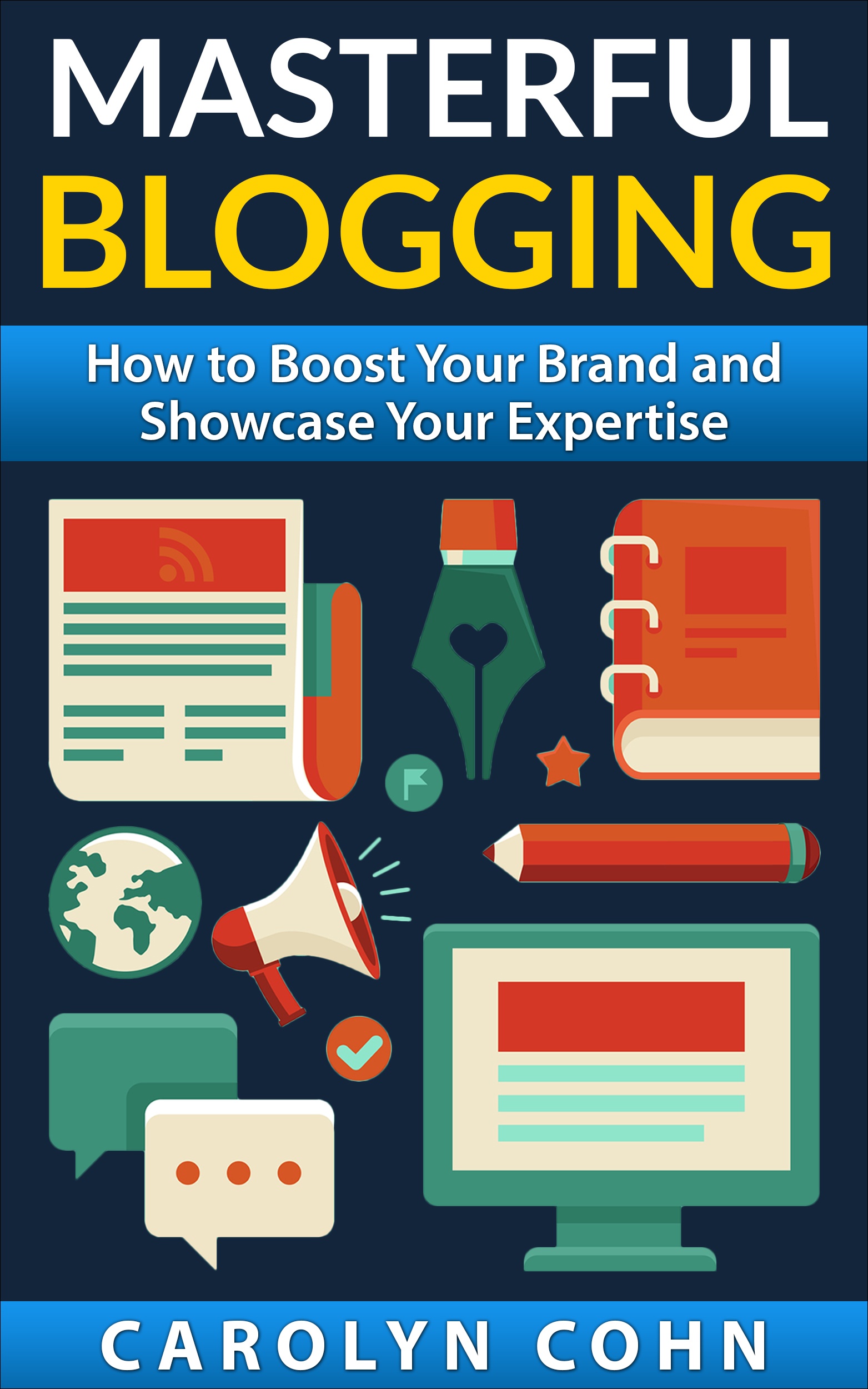How to Create a Great Social Media Content Strategy

Creating a great content strategy is not quite as easy as some would have you think. This is why there are so few great content strategies.
How do you create a great content strategy?
It is more than just writing stuff you think/hope your audience (do you know them well?) want. Content and social media have a symbiotic relationship: Without great content, social media is meaningless and without the right social media, nobody will know about your content.
It may be tempting to jump right in to social media. Resist that temptation. It is important to take the time to think about your strategic goals, objectives, strategies, and tactics. It will help you to succeed.
[tweetthis]Not every strategy and/or platform is right for every organisation and marketplace.[/tweetthis]
A great content strategy needs to do the following:
- Know the overall strategy, goals, and objectives that your organisation wants to achieve
- Know, in depth, the target audience/market
- Check out your existing and past content
- Gather and Analyse competitive and complementary work
- Draw conclusions
- Lay out a strategy based on those conclusions
What are the overall strategic directions? Not just of your online activities. Everything! What you do has to fit into the business, product and brand strategies or you get no synergies and, at worst, work against other elements
The Goal of Your Content Strategy Process
You should have at least five goals:
- Know your goals and objectives completely (measurable?), and how you are going to accomplish them. Choose objectives you can achieve, given the resources you have. Attaching a time frame to your efforts is vital for measurement.
- Persuade your client/boss that they should believe you, support you and stop churning out less than useful content and become a true resource for potential customers.
- Work with and coordinate with other marketing and business goals, objectives and programs
- Determine a content style that successfully communicates to your target market(s)/audience(s) in a way that engenders the right engagement – usually a form of conversation between you and them
- Create a ‘profile’ of particularly successful content types that others can apply for the foreseeable future.
None of these are easy, but they bring dividends. To do this you have to break the direct connection everyone seems to focus on between the technical stuff (like SEO) and what is great content.
Start by putting aside the stuff about SEO and rankings. This article is about generating great, useful, successful content. That is what will affect every bit of your success. Content influences everything.
The core element of every effective communication strategy is: “Know, in depth, the target audience.” The more you are guessing, the greater the chance you will get it wrong. You are not only wasting your efforts and resources, but you can damage your current and future work. If a business is suffering from low engagement, it’s usually because they don’t have an accurate customer profile.
Audiences are not all alike. Target audiences are not usefully described in Big Broad Blunt Demographic Descriptors. “Millennial” or Generation Z is not going to give you enough insight to develop messages and media to get optimum results. Dig deep. Focus on known audience behaviours. Use research. Don’t let folks with old views or young folks with limited views dominate with “what we think.” Find out. Develop buyer personas to define and target the right people, in the right places, at the right times with the right messages.
Where do your potential customers hang out? Which social networks are right?
Gather your previous work together and analyse the results. What worked? What did not? Why? Do you know or are you guessing? You have to grab everything and work through it.
Analyse competitive and complementary work. Researching your competition not only keeps you apprised of their activity, it gives you an idea of what’s working. Analyse why it worked (or not).
Pay attention to the type of content they are posting and its context. Is it generating engagement? How are they responding to their audience? What style and elements will work for you? Remember that just because it worked for another organisation or campaign, it was (probably) a different situation. And you (probably) want to be distinctive–-not be reminding readers of something else and someone else product–-unless it is obviously complementary and makes a good springboard. Make sure you are not breaking any copyright.
Now, having worked through the previous steps, you are going to find that a lot of ideas are going to be suggested to you. It is now easier than if you had not done this. Work and expand on these. Enlist help. Get creative, but stay practical and balance your resources and abilities. Is it very technical? Does it need to be made simpler? Or is the audience not going to take you seriously enough if your words and tone are at Grade 5 level? Or does your audience actually need a Grade 5 level approach? Both? (Why? – two different audiences?)
Work with and coordinate with other marketing and business goals, objectives, and programs. Know what else is being planned and implemented. Don’t work apart from what other areas are doing. Work on being complimentary and developing synergies.
Develop your social media marketing voice and tone. You will be more focused and more engaging when you come up with a voice and tone for your content. This is where knowing your market/audience and developing market personas will pay dividends. Ask–-if your brand was a person, what kind of personality would it have?
Do you have the mechanisms to fulfill the responses in place? Iti is not much good getting excellent responses if there are not enough staff, materials, product, etc., to convert all your good work.
Have you got the expertise to write the copy? Can you or your staff make this happen? How much time can you devote to a social network? Should you hire an expert? A social media content strategy is often appealing because it is apparently very inexpensive. Writing content that is second rate or just doesn’t work is a waste of effort, time, and money.
[tweetthis]Effective writing, images, as well as media placement and timing are not easy.[/tweetthis]
Have you got the expertise for the technical stuff? Get the right people. While your neighbor’s son might appear to be a computer whiz, that doesn’t mean he can do a good social media marketing job. Don’t just give the work to junior employees or interns who lack the specific and overall skills and experience. It’s getting easier but it is still demanding. There are folk who are (supposedly good at this–-but often not good at all with the preceding planning and writing stuff). What is possible and impossible to automate? What needs regular human oversight? Seek advice. Even if you are a specialist in this, get input from others.
Assign roles. Who is responsible for what? This will increase productivity and avoid duplicating efforts.
Select the right tools and media for the job. Think beyond the obvious. Know how to get the best out of specific social media. Many organizations create accounts and try to utilize every popular social network without researching which platform will bring the best return (against objectives). Use the information from your buyer personas to determine which platforms are best for you. Your approach for each social channel relies on your goals and objectives, as well as the best practices for each platform.
Allocate sufficient budget and resources to get the job done properly. Look at the methods/tactics you’ve chosen to achieve your objectives. Make a list of the tools you will need (e.g., social media monitoring, email marketing, and CRM), services you’ll outsource, and any advertising you will need to buy. Develop an annual projected cost so you can have a high-level view of what you’re investing in. Do not establish the budget first and then select which tactics fit that budget.
Have you got the internal approvals? Even if you have the authority, it is better to get the input of those that matter. If you have followed this program and can show the results of it. You are also likely to have to predict the success and how it will be measured.
Plan to involve all the departments and stakeholders in developing and maintaining the social media program. This will get them onside (and not offside). You should work to get their needs, ideas, input, suggestions, and get them to keep an eye on your sites and posts.
Edit and Test. If content copy is important (and if it’s not, why are you doing it?), get it checked by someone else. You are too close and are only seeing what you meant to write. Just running the copy through a spell checker and grammar program to get a score is just one tool. Do not rely on it. Rely more on experience and do some trial research.
Check, Measure, and Adjust. Develop the ways and means of keeping an eye on what is when you start to implement the strategy. How will it be measured? How can you make adjustments? Adapt quickly and make changes to your overall strategy as and if required.
And, finally How are you letting the important folk in you organization know how good you are?
Conclusion
Content is king and your social media strategy must be well-thought-out and carefully constructed and executed. Social media is an extremely powerful tool and getting involved and staying involved are essential to your professional success.
We are pleased to provide you with the insightful comments contained herein. For a complimentary assessment of your online presence, let’s have coffee.

|



Is it worth employing a pro to do the SEO, or would you do it yourself?